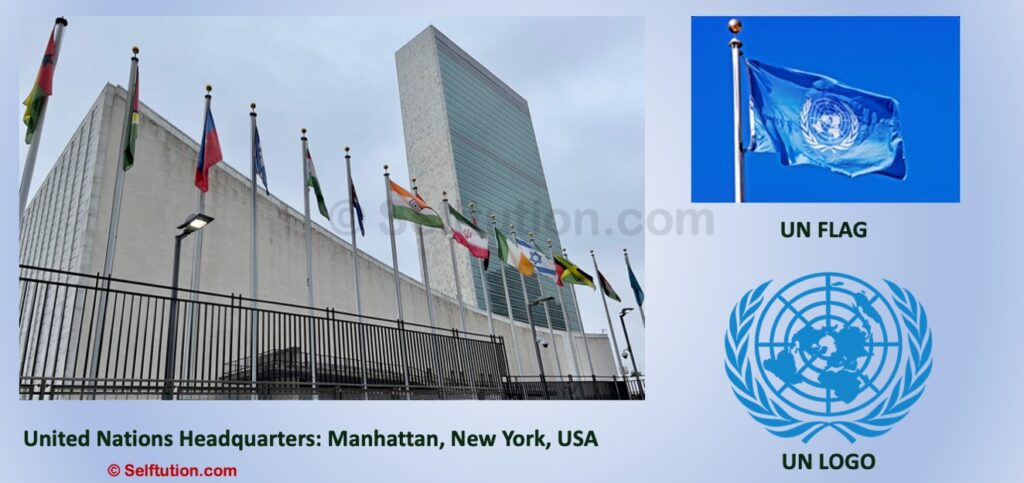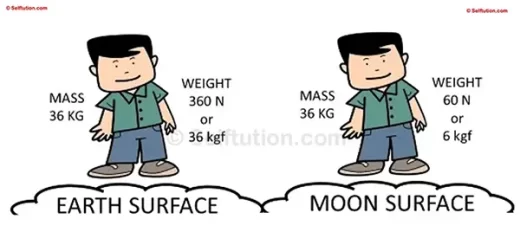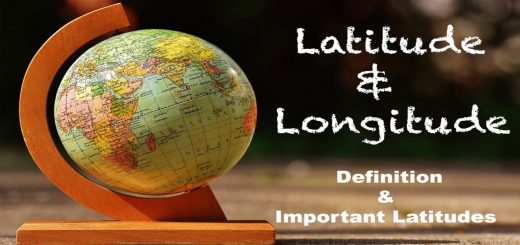United Nations: History, Objective, Organs, Agencies
The United Nations (UN) is an international organization whose main objective is to maintain peace in the world.
- The UN was formed in 1945 after the Second World War to stop wars between countries.
- Although the United Nations was founded in 1945, its history dates back to 1914 when the First World War broke out.
- The United Nations comprises six (6) main organs or bodies along with fifteen (15) agencies to carry out its work.
- Today, 193 nations are members of the United Nations. The latest State to join the United Nations was South Sudan (in 2011).
- Every year we celebrate, October 24th as United Nations Day.
- The headquarters of the UN is in Manhattan, New York.
- The UN flag is light blue with the UN logo in the center.
- The logo is an olive branch surrounding the globe of the world. Olive symbolizes peace and harmony.
- There are six official languages of the United Nations – English, French, Russian, Spanish, Chinese, and Arabic.
United Nations

United Nations (UN) Flag, logo, and headquarters
Topics Covered:
- History of the United Nations (UN)
- The objective of the United Nations (UN)
- Principles of the United Nations (UN)
- Six (6) main organs or bodies of the United Nations (UN)
- Fifteen (15) specialized agencies of the United Nations (UN).
HISTORY OF THE UNITED NATIONS (UN)
There were two major wars among the nations of the world in the last century. It started when many of the industrialized nations of the world like- Britain, France, Germany, and Italy came into conflict with each other. Each nation wanted to show its supremacy over the other. This conflict turned into a major war. This was the First World War – which broke out in August 1914. It caused great destruction. Millions of people were killed and many were left homeless. A huge amount of money was spent on these wars. All over the world, there was a shortage of food and people suffered. The first world war ended in 1918.
After the end of the war, many nations realized that there should be peace. This led to the creation of the League of Nations to establish world peace and prevent wars. But it failed in doing so. Another war, the Second World War broke out in September 1939 and ended in 1945 with the US dropping atom bombs on two cities of Japan – Hiroshima and Nagasaki. The destruction caused was much more than that in World War I.
The huge destruction of the two wars made the nations of the world think about how to maintain peace in the world and prevent any further war in the future. The need to replace the League of Nations with a more effective organization was felt. This resulted in the formation of the United Nations Organization in 1945. The charter of the UN was signed by 50 members on 24 October 1945 in San Francisco, USA. The charter describes the objective and the principle of the United Nations (UN).
OBJECTIVE OF THE UNITED NATIONS (UN)
The main objectives of the United Nations (UN) are:

Objectives of the United Nations (UN)
Back to the History of the United Nations (UN)
PRINCIPLES OF THE UNITED NATIONS
The United Nations has set the following principles which all member countries must follow.

Principles of the United Nations (UN)
Back to the History of the United Nations (UN)
Six (6) MAIN ORGANS OR BODIES OF THE UNITED NATIONS
The United Nations has six (6) main organs or bodies that carry out the work of the UN. They are:
- General Assembly,
- Security Council,
- The Economic and Social Council,
- Secretariat,
- Trusteeship Council,
- International Court of Justice.

Six (6) main organs or bodies of the United Nations (UN) along with their headquarters
General Assembly
The General Assembly is the main organ of the United Nations (UN). The main objective of this body or the organ of the United Nations is policymaking for the working of the UN. It constitutes the representatives of all 193 Member States of the UN, therefore making it the only UN body with universal representation. Therefore, we also call it the Parliament of the World. To know more about the General Assembly click here.
Security Council
The Security Council is the most important and the most powerful organ of the United Nations (UN). The main objective of the Security Council is to maintain international peace and security. It has fifteen members (five permanent members and ten non-permanent members). To know more about the Security Council click here.
Economic and Social Council
The Economic and Social Council looks after the programs of the United Nations related to health, education, social upliftment, culture, etc. The main objectives of this organ or body of the united nations are policy review, policy dialogue, and recommendations on economic, social, and environmental issues, as well as the implementation of internationally agreed development goals. To know more about the Economic and Social Council click here.
Secretariat
The Secretariat handles all the administrative work of the UN. It carries out the daily work of the UN. To know more about the Secretariat click here.
Trusteeship Council
The United Nations Trusteeship Council is one of the six principal organs of the United Nations, established in 1945. The main objective of this organ of the United Nations is to ensure that trust territories were administered in the best interests of their inhabitants and of international peace and security. To know more about the Trusteeship Council click here.
International Court of Justice
The International Court of Justice is the chief court of the UN. It was established in 1945. The main objective of this organ of the United Nations is to settle all legal disputes between the member nations peacefully. To know more about the International Court of Justice click here.
Back to the History of the United Nations (UN)
FIFTEEN (15) SPECIALIZED AGENCIES OF THE UNITED NATIONS (UN)
Apart from the five main organs of the United Nations, fifteen (15) specialized agencies carry out the work of the UN. These are:
- Food and Agricultural Organization (FAO)
- United Nations Industrial Development Organization (UNIDO)
- International Civil Aviation Organization (ICAO)
- United Nations World Tourism Organization (UNWTO)
- Universal Postal Union (UPU)
- International Labor Organization (ILO)
- World Health Organization (WHO)
- International Monetary Fund (IMF)
- World Intellectual Property Organization (WIPO)
- International Maritime Organization (IMO)
- World Meteorological Organization (WMO)
- International Fund for Agricultural Development (IFAD)
- International Telecommunication Union (ITU)
- United Nations Educational, Scientific and Cultural Organization (UNESCO)
- World Bank
Back to the History of the United Nations (UN)








